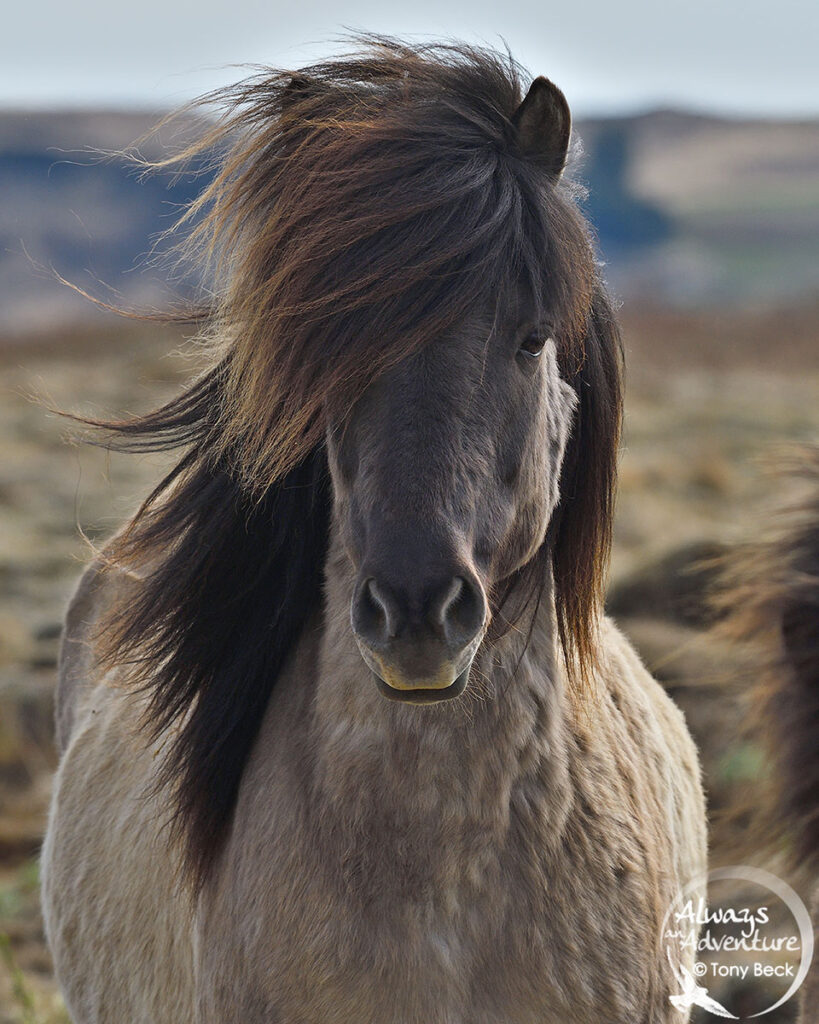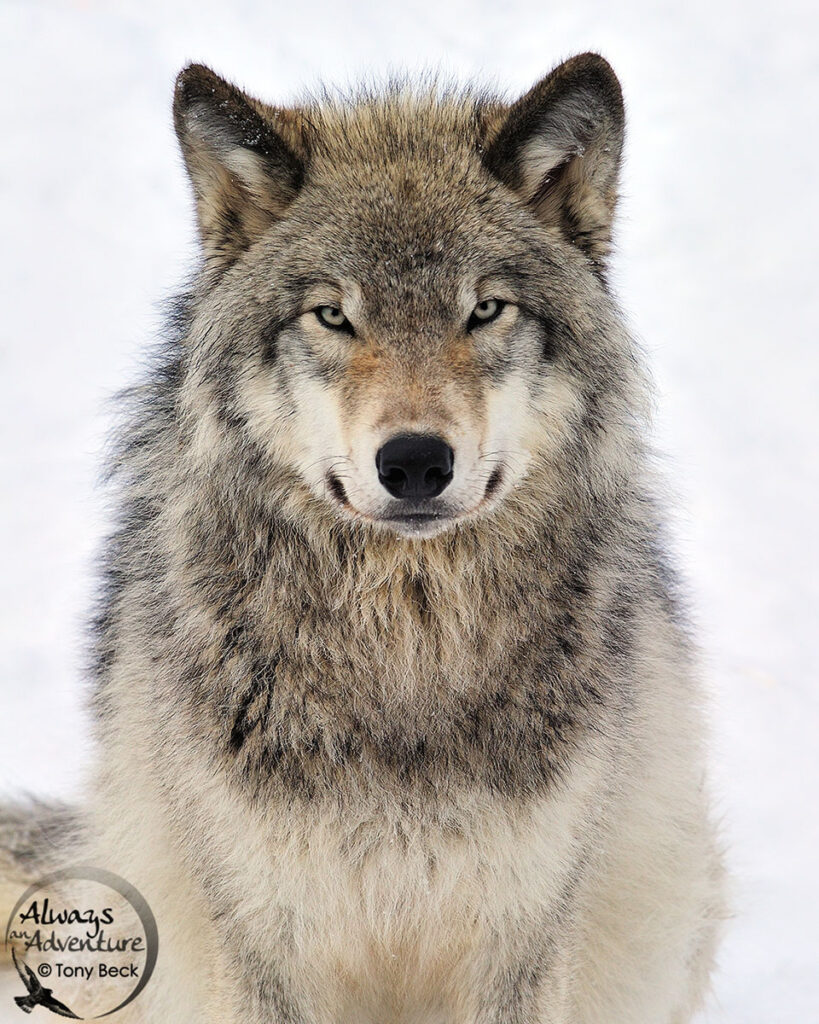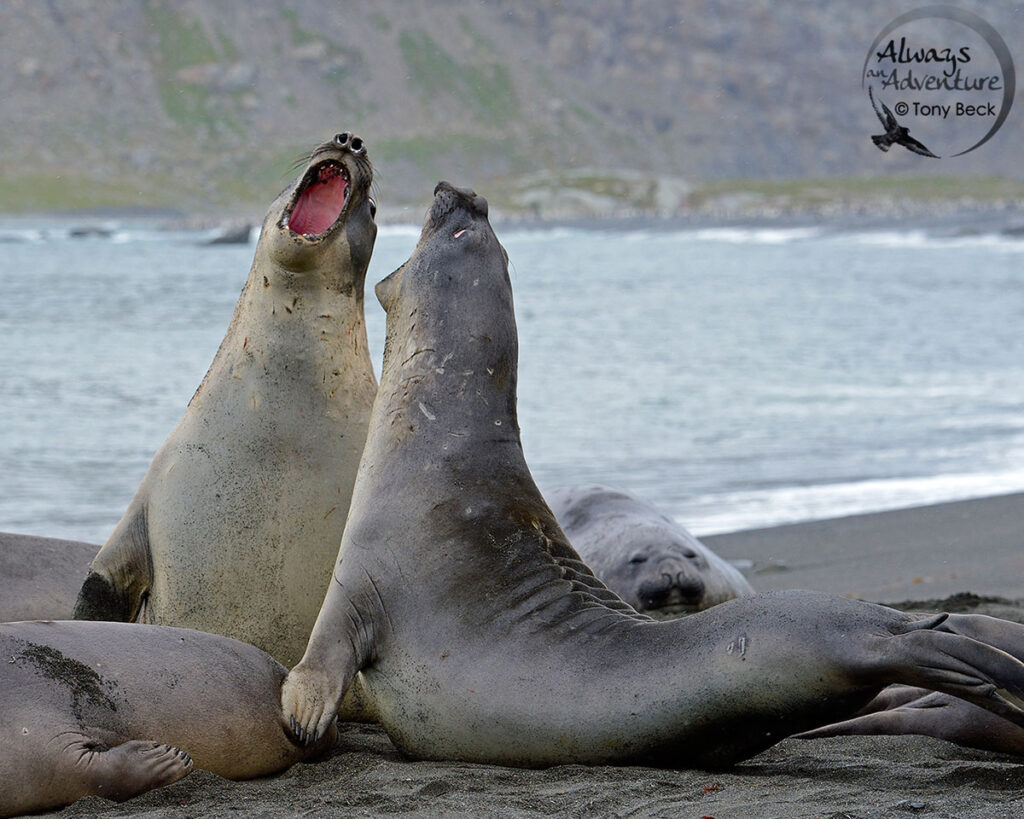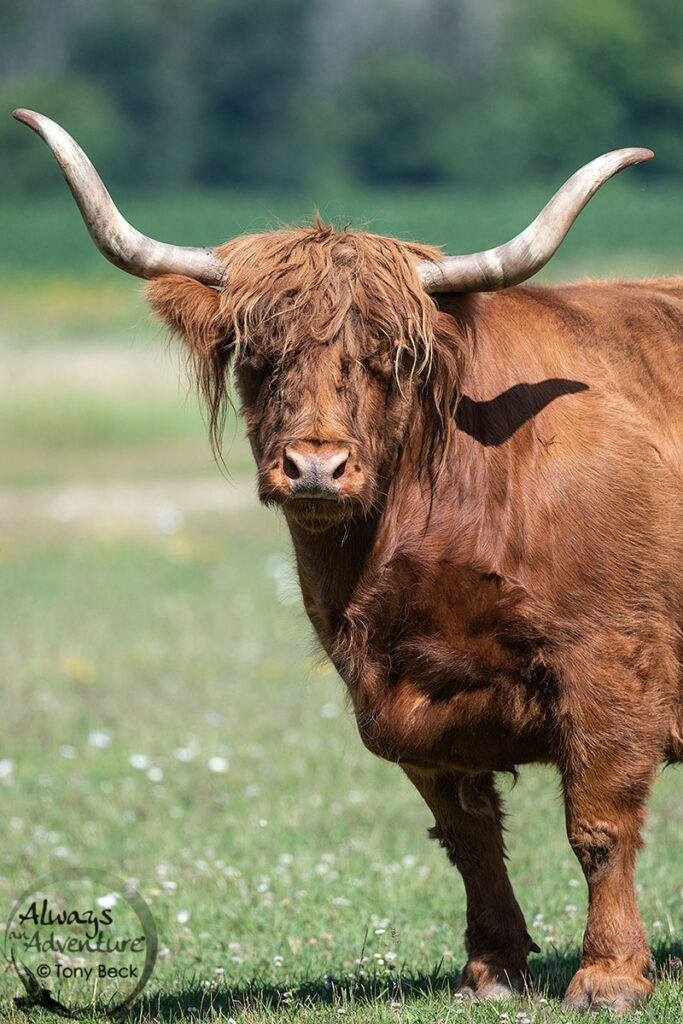
Icelandic Horse – Iceland
Domesticated animals are accustomed to having humans in their proximity. This makes them easily approached for photos. Less likely to run away, they often react to your presence with curiosity.
In the wild, only the strongest, and most adaptable animals survive. As humans evolved, our ingenuity allowed us to develop efficient hunting methods and to domesticate some animals. Of all the creatures on earth, we managed to rise to the top of the food chain. Our dominance has set us apart from all other creatures. So, it’s no wonder that most wild animals tend to avoid us, or at least remain wary of our presence.

Poodle – Vars, Ontario
Some pets can be trained to do tricks for their owners. Dogs in particular can be lovingly loyal and obedient. In this photo, “Rosie” jumps based on commands from her owner.
Photographing domestic animals is easier than photographing wildlife mainly because their fear has diminished. Instead, they’ve learned to cooperate with us. In some cases, they seem to enjoy the attention. Wildlife on the other hand, is compelled to obey the laws of the jungle and use perpetual caution to avoid becoming prey. In every case however, animals will always demonstrate a level of unpredictability regardless of how tame they appear.

Timber Wolf – Parc Omega, Quebec
Like domestic animals, wild animals in captivity are frequently surrounded by humans. When animals live in environments (like zoos) that force them to be in proximity to humans, they get used to their predicament and eventually behave without stress.
Whether domestic or wild, we tend to use many of the same techniques when photographing animals. The main difference is the amount of control we have over our subject. Pets and livestock can often be directed into a good composition. Unfortunately, with wildlife you have almost no control over your subject. However, what photographers can develop is control over themselves and their camera equipment.

American Goldfinch – Brighton, Ontario
Food is critical for survival. Many unwary wild animals can be lured with food. Well-stocked bird feeding stations are an accepted method of attracting birds to home gardens.
When it comes to animals in the wilderness, it helps to adopt some of the hunting methods used by our ancestors. We need to trick our prey so we can get close enough for good photos. But, instead of meat for our table, our objective is capturing beautiful and artistic images.

Juvenile Great Blue Heron – Ottawa
Many young animals, like this juvenile Great Blue Heron, lack experience and don’t understand that humans are potential predators. This makes them a little easier to approach. Fear of humans is sometimes a learned behaviour. Older animals with experience are often more wary than their younger counterparts.
Photographing domestics however, we can use commands and simple communications to direct the animals into position for action, candid and portrait images.
Regardless of the challenges, successfully photographing animals of any kind comes with many satisfying rewards.

Male Southern Elephant Seals – South Georgia
Animals in remote areas that rarely encountered humans haven’t had the chance to develop an instinctual fear of humans. Places like the Galapagos Islands, Antarctica and the High Arctic frequently have wildlife that fearlessly come close to people. Sometimes, these animals are distracted by breeding or feeding activities. During these times, they can be very aggressive and dangerous. Treat them with respect.

Highland Cattle – Vars, Ontario
Domestic animals usually understand our dominance. However, large and powerful pets or livestock can still be unpredictable and should always be approached with caution.

Bull Moose – Algonquin Park
Parks are a good example of places where animals demonstrate a lack of fear. They see many curious yet non-threatening people throughout the park system. However, remember that these animals are wild, unpredictable and potentially dangerous. Give them some space to move and never corner them.

Adult King Vulture – Costa Rica
Hiding your presence from wildlife is one way to get close. Like a hunting blind, many photographers will patiently wait inside an enclosed structure and wait for their timid subjects to arrive. This is usually setup beside a feeding, roosting or nesting area.

Adult male American Robin with food for nestlings – Ottawa
Wild animals that have adapted to urban or suburban environments are frequently tolerant of people and their various activities. Most people don’t even notice them as the animals go about their every-day business. For photographers, city parks and back yards are great places to practice animal photography.
All images © Tony Beck 2021
About Tony Beck
Tony Beck is an award winning, Nikon Ambassador, freelance photographer based in Ottawa. He teaches birdwatching and nature photography courses. Follow Tony’s adventures at www.AlwaysAnAdventure.ca








